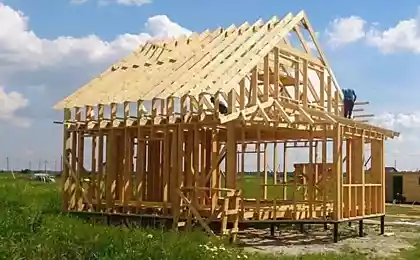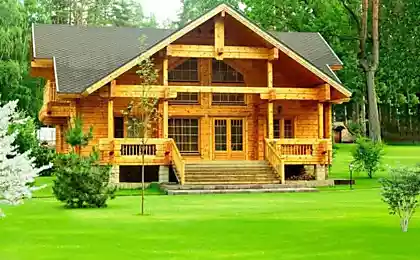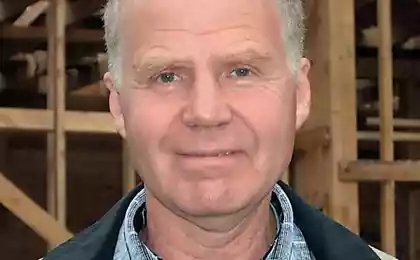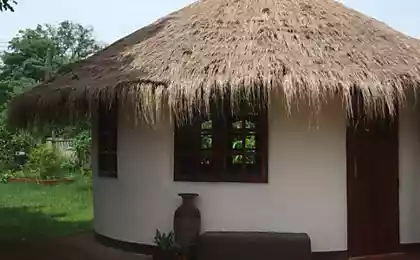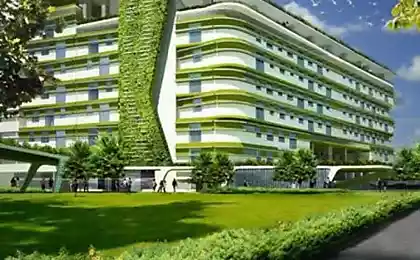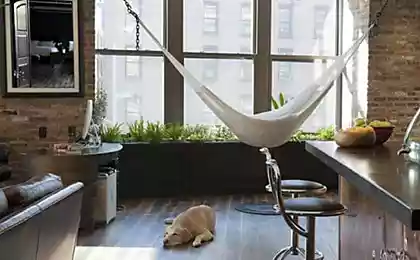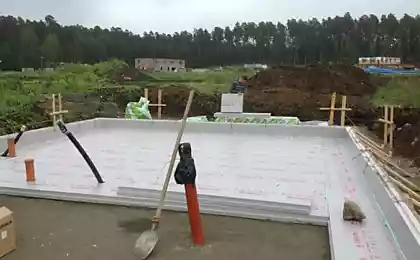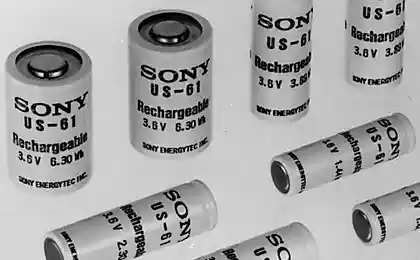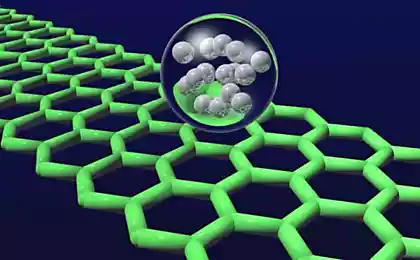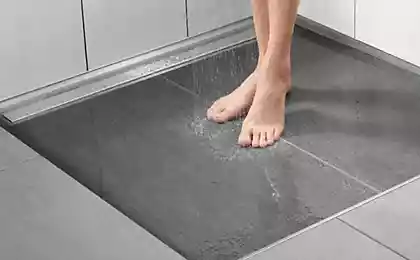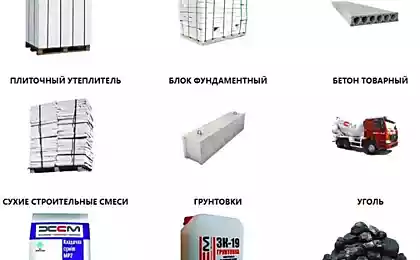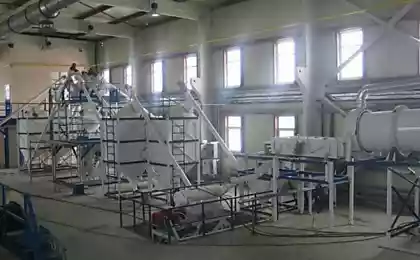525
6 technology of construction materials that will change our future
Technologies are progressing at an incredible rate, but unfortunately, the same can not be said of us created an artificial environment of our homes. Fortunately there are some people who devote their lives to the development of futuristic technologies that can reduce the amount allocated to buildings in the atmosphere as carbon dioxide, to make these buildings more energy efficient and eventually reduce the cost of their service.
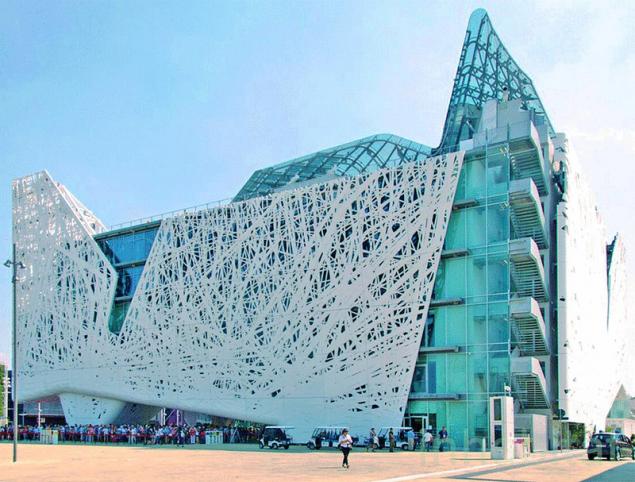
Over the past few years, researchers in this direction have developed self-healing materials, a revolutionary cooling and heating of buildings, as well as technologies that allow buildings, such as living plants, clear the air of accumulated smog.
3D-printed bricks are energy efficient with cooling system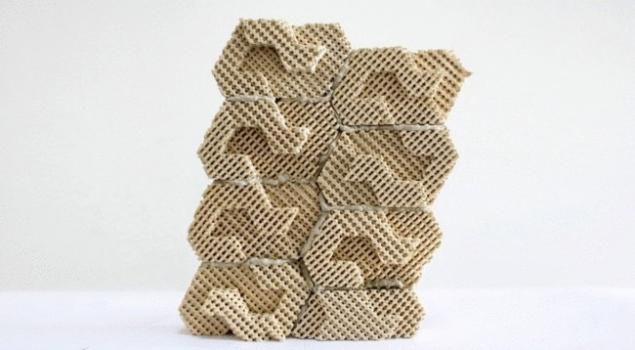
Cool bricks Bricks are not just for looks, they also serve a very important function. These extraordinary 3D-printed bauxite bricks have a special structure that allows them to cool the room only thanks to water and very long-known technique of evaporative cooling. These bricks design company Emerging Objects, which is struggling to advance the technology of 3D printing building construction. Another feature of the Cool Bricks is that they are modular: adding a sufficient number of such bricks together, you can create the best cooling system of the room or even the whole house.
The building "eats" smog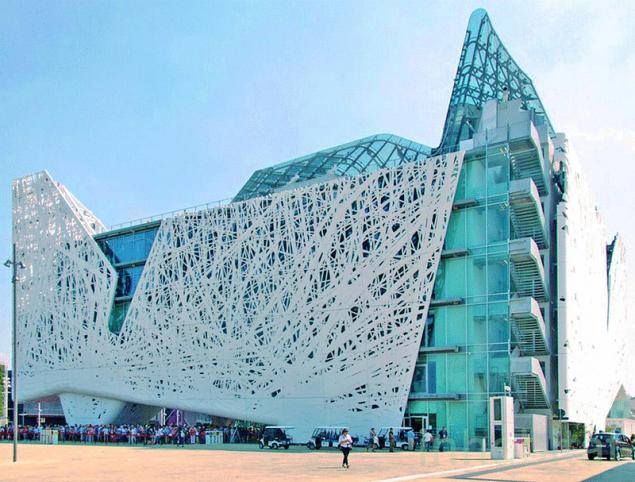
Buildings that clean the environment from pollution — sounds fantastic, right? However, the technology has already been created. To some it may seem that in favor of technologies, such buildings lose their aesthetic appearance, however, I would not say that the building in the picture above looks ugly. Futuristic? Yes. But not ugly. This appearance of the building gives a white "exoskeleton" of biodynamic concrete that absorbs the particles, turning them into inert salts, and thereby purifies the surrounding air. This amazing building is the pavilion of the world exhibition "Expo-2015", taking place at the moment in Milan.
Energy algae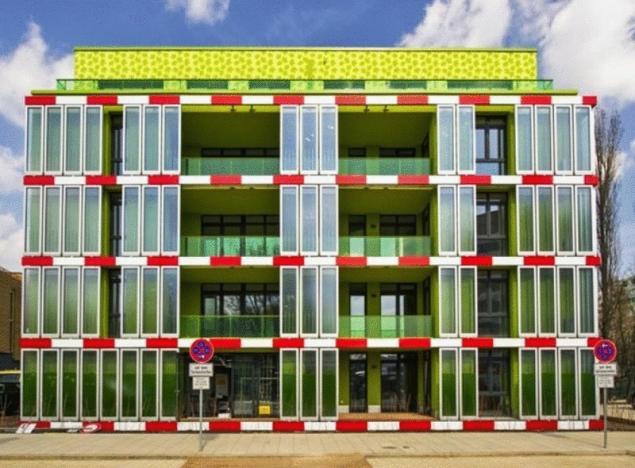
The German city of Hamburg is home of the world's first buildings, which provide nutrition for algae. The structure is used as a pilot test center for new developments the city supply. The facade of the BIQ House consists of "biogeneration", filled with live algae, which grow very fast under direct sunlight and create natural shade. Algae also produce biomass (food) and electricity used to power the building. In General, algae are one additional alternative natural renewable energy sources.
Self-healing concrete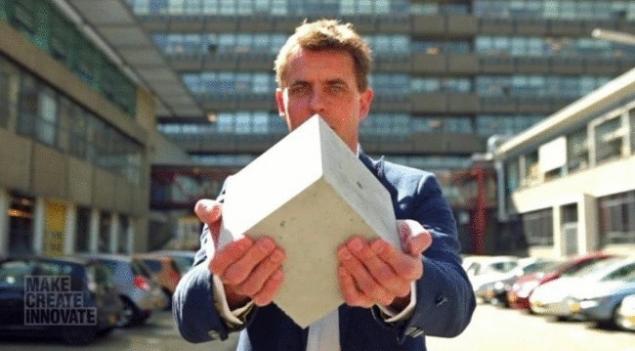
One of the most difficult issues faced during the construction, — durability of the construction. Nobody wants to spend a lot of money and a lot of time to restore the building. Dutch researchers have developed a new type of cement that will self-heal itself, using a certain type of live bacteria and calcium lactate. The bacteria contained in the cement absorbs the calcium lactate and produce limestone, which fills the cracks and almost to the original state restores the integrity of the concrete. This amazing concept of "living concrete" can save a lot of time and materials for repair, as all necessary materials will be initially imbedded.
Glass tile roof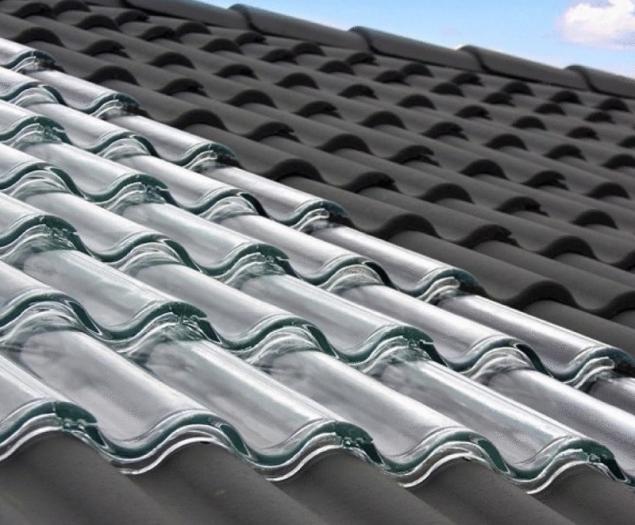
Swedish company, SolTech has developed a beautiful glass roof tiles of houses which can be used as a heating system. Made in the style of Spanish terracotta tiles, the development of the Swedish inventors ' let the sunlight in, which can be used for water heating in stationary heating systems, while saving substantial electricity bill.
House of mushrooms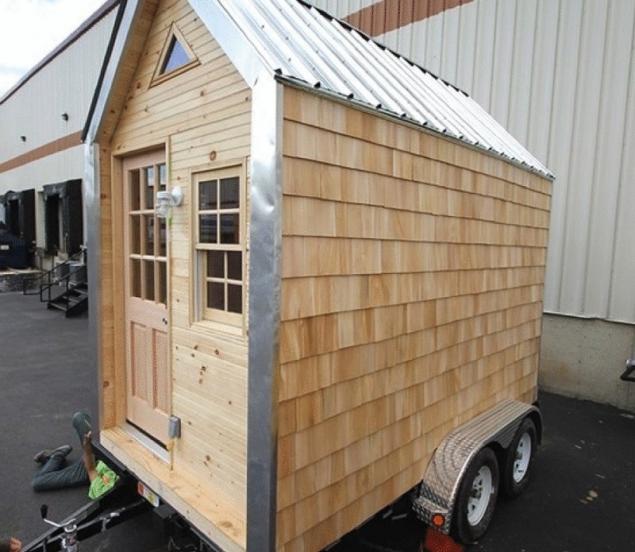
One of the products that we have awarded the mother nature are mushrooms. Did you know that mushrooms are a great building material? The company Ecovative, for example, came up with a way to use mycelium (the vegetative part of the mushroom body), and built the first mushroom house in the world. Compact housing with a size of 3.6 x 2.1 metres easy to fit in a transportable trailer. Mushrooms are considered by the company as a sustainable and more environmentally friendly material, because this material grows itself, and is not made. In addition, mushrooms have natural fire resistant protection, making them much safer for example, as insulation and sound insulation compared to conventional insulating materials.
P. S. And remember, only by changing their consumption — together we change the world! ©
Source: hi-news.ru

Over the past few years, researchers in this direction have developed self-healing materials, a revolutionary cooling and heating of buildings, as well as technologies that allow buildings, such as living plants, clear the air of accumulated smog.
3D-printed bricks are energy efficient with cooling system

Cool bricks Bricks are not just for looks, they also serve a very important function. These extraordinary 3D-printed bauxite bricks have a special structure that allows them to cool the room only thanks to water and very long-known technique of evaporative cooling. These bricks design company Emerging Objects, which is struggling to advance the technology of 3D printing building construction. Another feature of the Cool Bricks is that they are modular: adding a sufficient number of such bricks together, you can create the best cooling system of the room or even the whole house.
The building "eats" smog

Buildings that clean the environment from pollution — sounds fantastic, right? However, the technology has already been created. To some it may seem that in favor of technologies, such buildings lose their aesthetic appearance, however, I would not say that the building in the picture above looks ugly. Futuristic? Yes. But not ugly. This appearance of the building gives a white "exoskeleton" of biodynamic concrete that absorbs the particles, turning them into inert salts, and thereby purifies the surrounding air. This amazing building is the pavilion of the world exhibition "Expo-2015", taking place at the moment in Milan.
Energy algae

The German city of Hamburg is home of the world's first buildings, which provide nutrition for algae. The structure is used as a pilot test center for new developments the city supply. The facade of the BIQ House consists of "biogeneration", filled with live algae, which grow very fast under direct sunlight and create natural shade. Algae also produce biomass (food) and electricity used to power the building. In General, algae are one additional alternative natural renewable energy sources.
Self-healing concrete

One of the most difficult issues faced during the construction, — durability of the construction. Nobody wants to spend a lot of money and a lot of time to restore the building. Dutch researchers have developed a new type of cement that will self-heal itself, using a certain type of live bacteria and calcium lactate. The bacteria contained in the cement absorbs the calcium lactate and produce limestone, which fills the cracks and almost to the original state restores the integrity of the concrete. This amazing concept of "living concrete" can save a lot of time and materials for repair, as all necessary materials will be initially imbedded.
Glass tile roof

Swedish company, SolTech has developed a beautiful glass roof tiles of houses which can be used as a heating system. Made in the style of Spanish terracotta tiles, the development of the Swedish inventors ' let the sunlight in, which can be used for water heating in stationary heating systems, while saving substantial electricity bill.
House of mushrooms

One of the products that we have awarded the mother nature are mushrooms. Did you know that mushrooms are a great building material? The company Ecovative, for example, came up with a way to use mycelium (the vegetative part of the mushroom body), and built the first mushroom house in the world. Compact housing with a size of 3.6 x 2.1 metres easy to fit in a transportable trailer. Mushrooms are considered by the company as a sustainable and more environmentally friendly material, because this material grows itself, and is not made. In addition, mushrooms have natural fire resistant protection, making them much safer for example, as insulation and sound insulation compared to conventional insulating materials.
P. S. And remember, only by changing their consumption — together we change the world! ©
Source: hi-news.ru
Musical festival "Invasion" has made the world a cleaner and collected about 450 tons of garbage!
How to create a wooden terrace near the house


